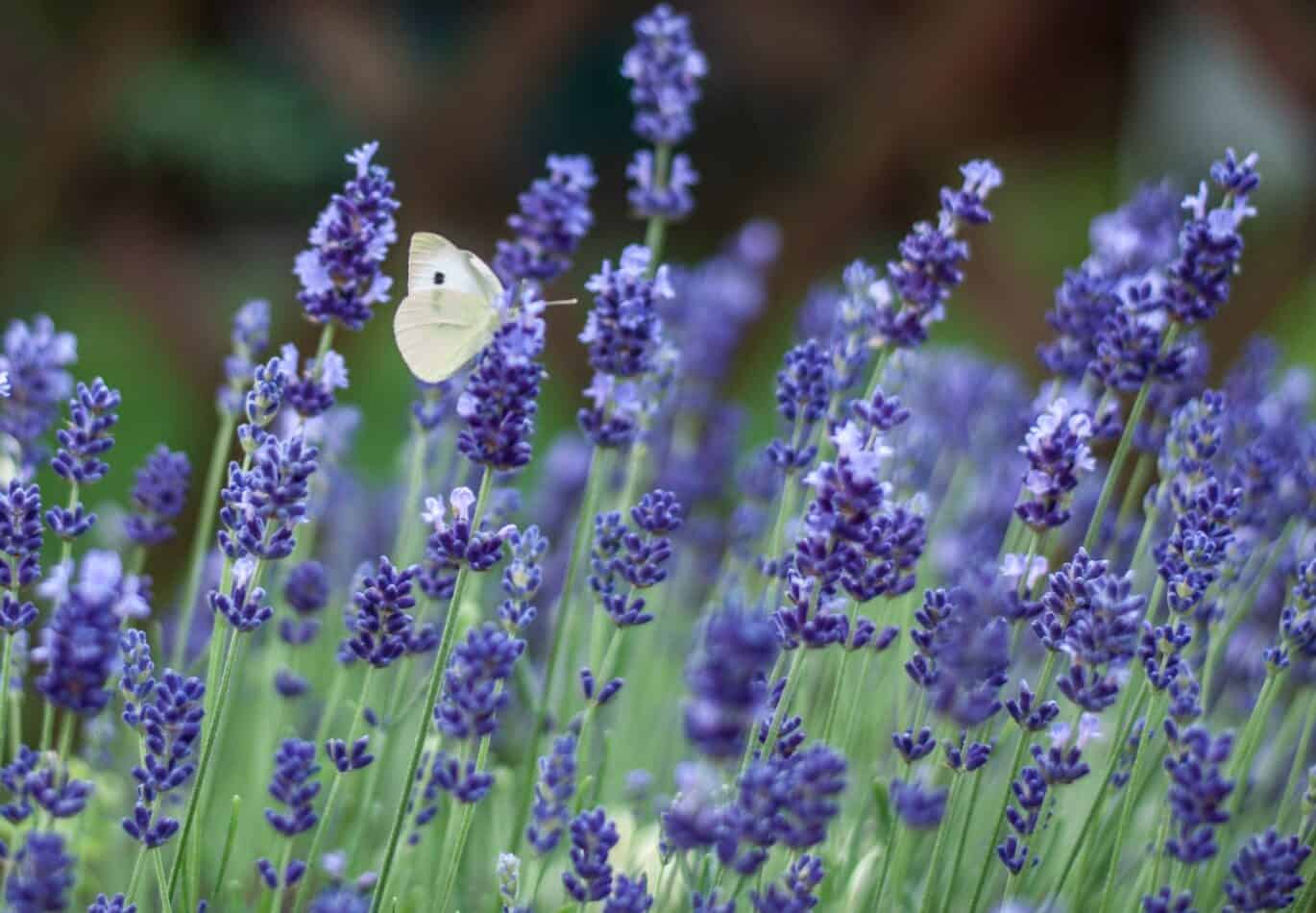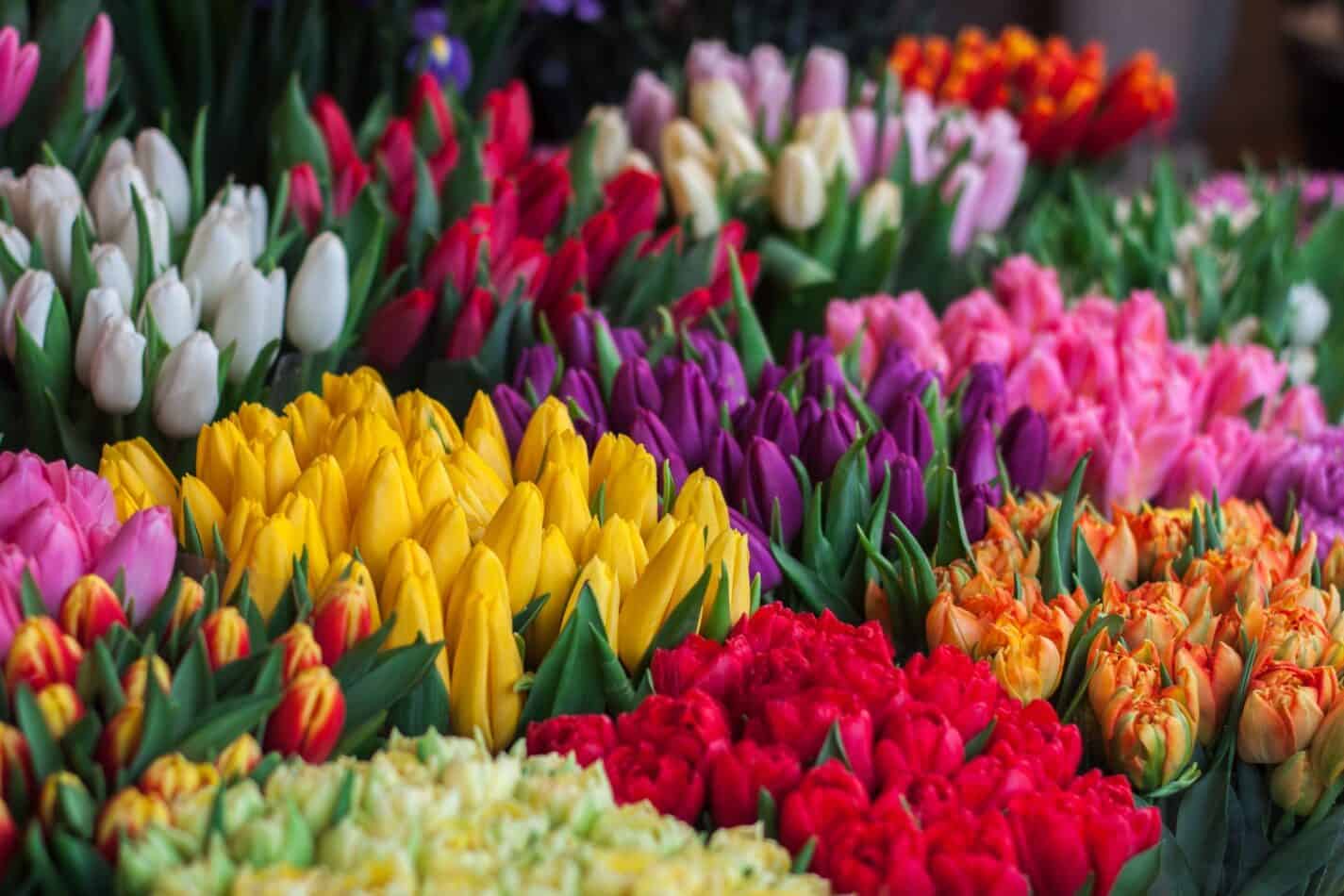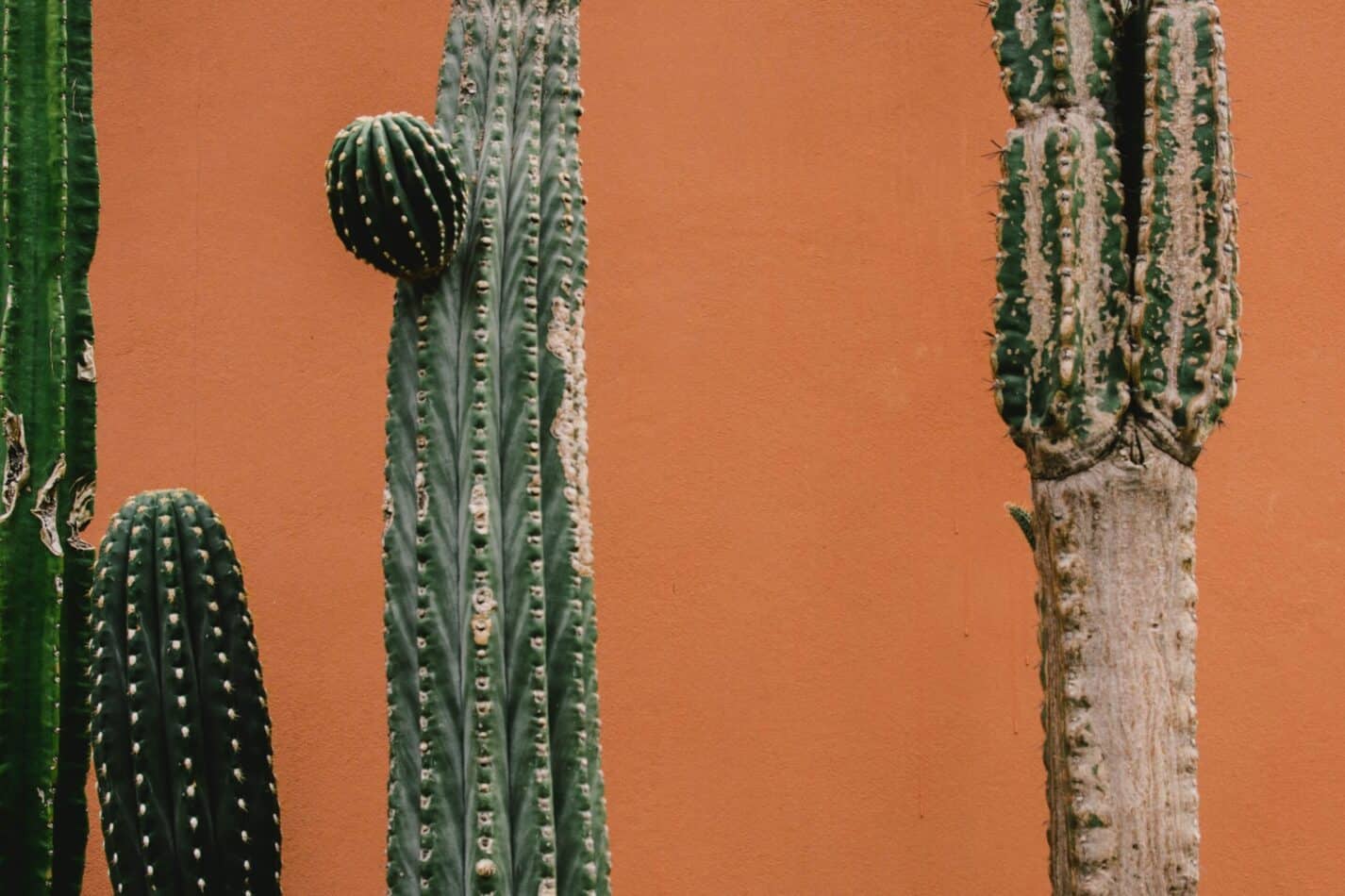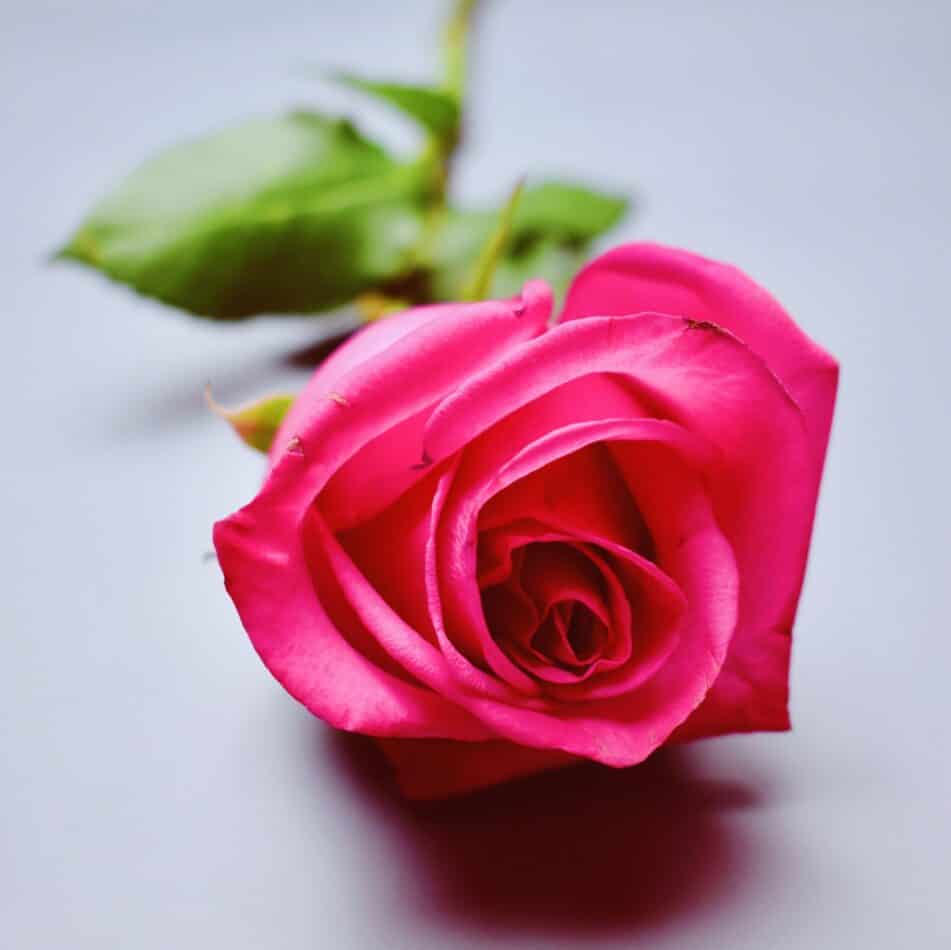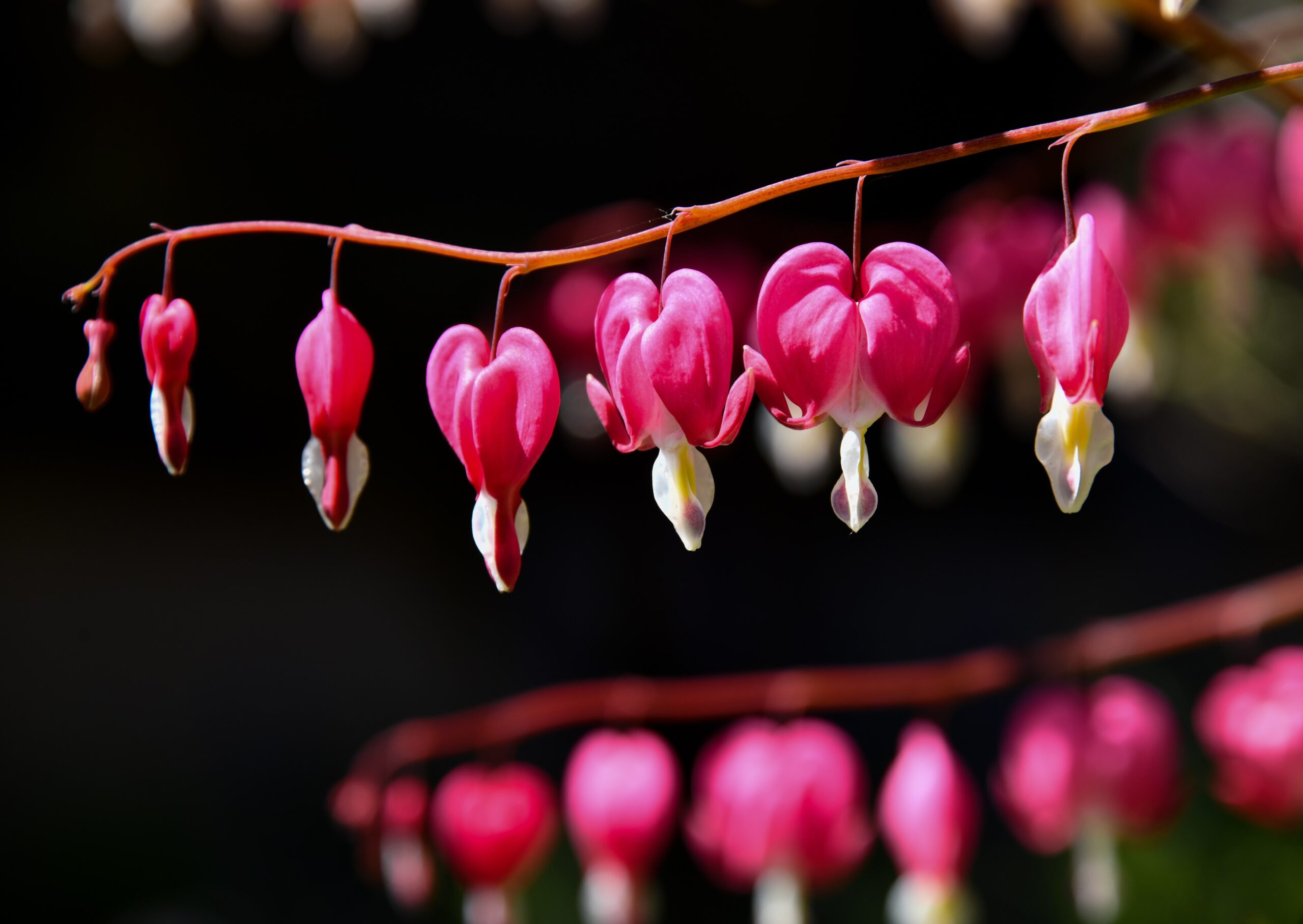I always loved lavender, its beautiful purple hue, the bushy decorative look. If you ever wondered how to grow lavender in your garden, we have selected 4 easy steps to guide you in creating the perfect lavender garden.
Lavender is an easy-care perennial plant that is beautiful and fragrant and can be used in both culinary and medicinal applications. Lavender is native to the Mediterranean region and grows in almost every climate of the world.
Birds, butterflies, and bees are attracted to lavender and it’s a great plant addition to any landscape or garden. Learn how to grow and care for this multi-purpose purple flower with these care tips.
Growing Location
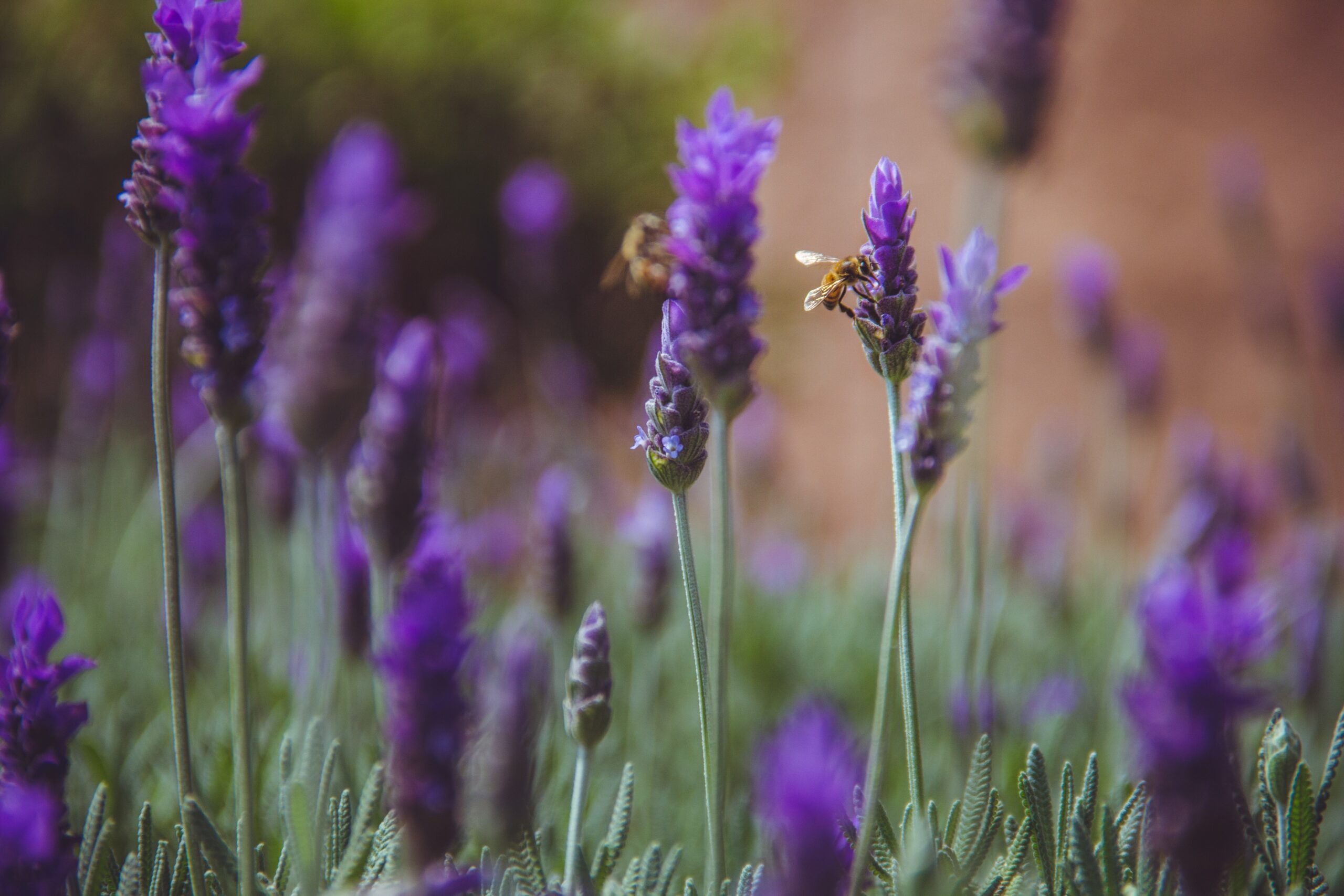
Select a location that is in full sun most of the day and provides a little afternoon shade. Lavender thrives in sun but the hot summer sun can cause it to wilt and lose some of its essential oils in the afternoon.
Soil Requirements
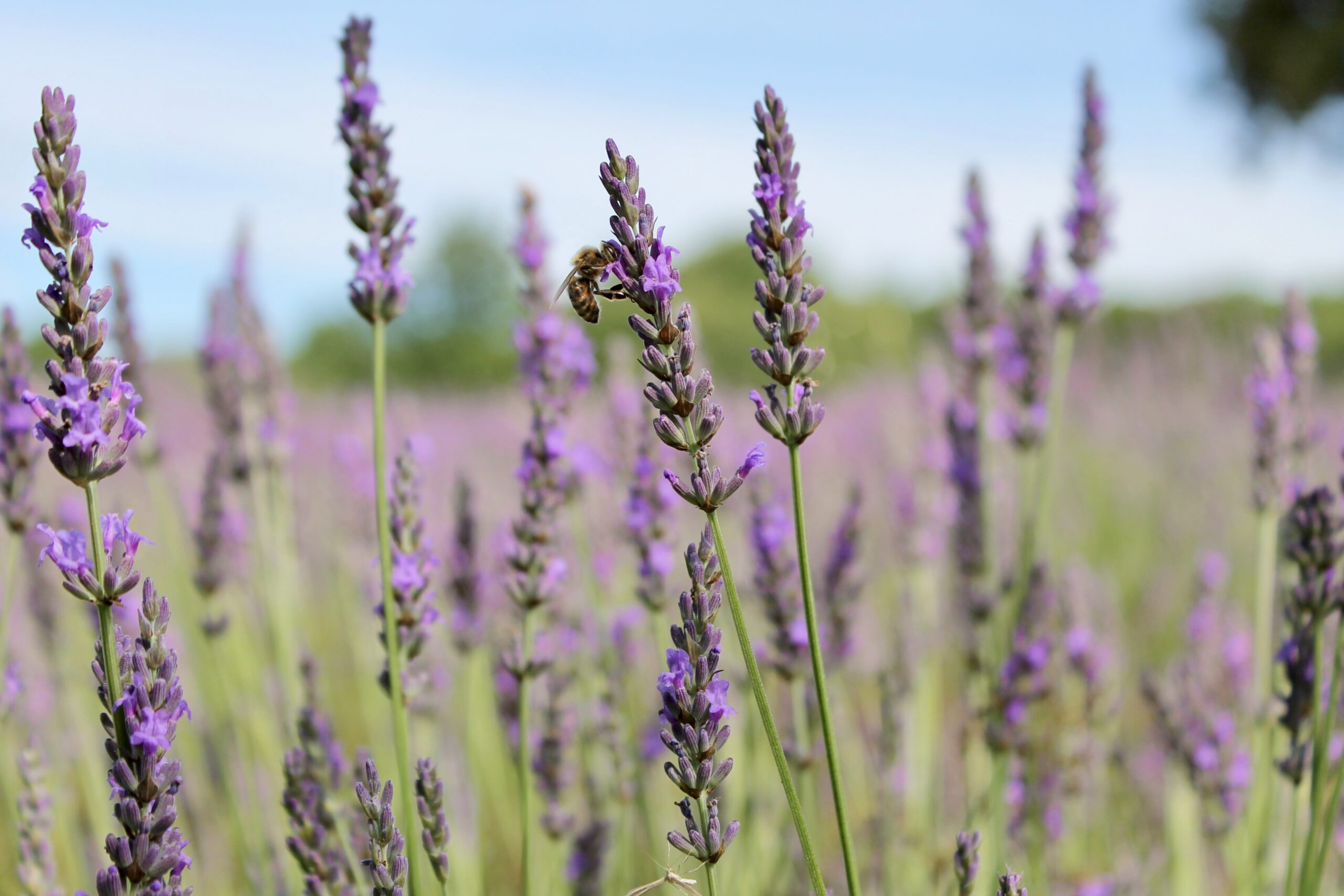
Lavender is one of the few plants that grow best without the addition of organic material or fertilizer to the soil. Don’t amend the soil with organic matter before planting unless the soil is heavy clay or sandy.
Lavender thrives in soil that is neutral to slightly alkaline. Conduct a soil test to determine alkalinity and add lime to raise the pH to around 7.0. Cover top of the soil with a light dusting of lime, then work it down to 4-6 inches into the soil with a turning fork. Water soil thoroughly and wait one week before planting lavender.
When growing lavender in a container, select potting soil that does not contain compost but does contain sand.
Planting Technique

Wait until all danger of frost has passed in the spring before planting. Start with healthy plants that have developed a strong root system.
Lavender will grow equally well when planted in-ground outdoors or in a container.
Dig a planting hole that’s twice as deep and twice as wide as the root ball of the plant. Space the plants18-20 inches apart. Lavender will reach a mature size of around 2-feet tall and 2-feet wide. Mature plants need plenty of airflows to prevent them from developing diseases and can be thinned out later if needed.
Place plant with the top of the root ball even with the soil line and backfill planting hole with soil. Press soil firmly all around the root ball and water thoroughly.
Caring for your Levander
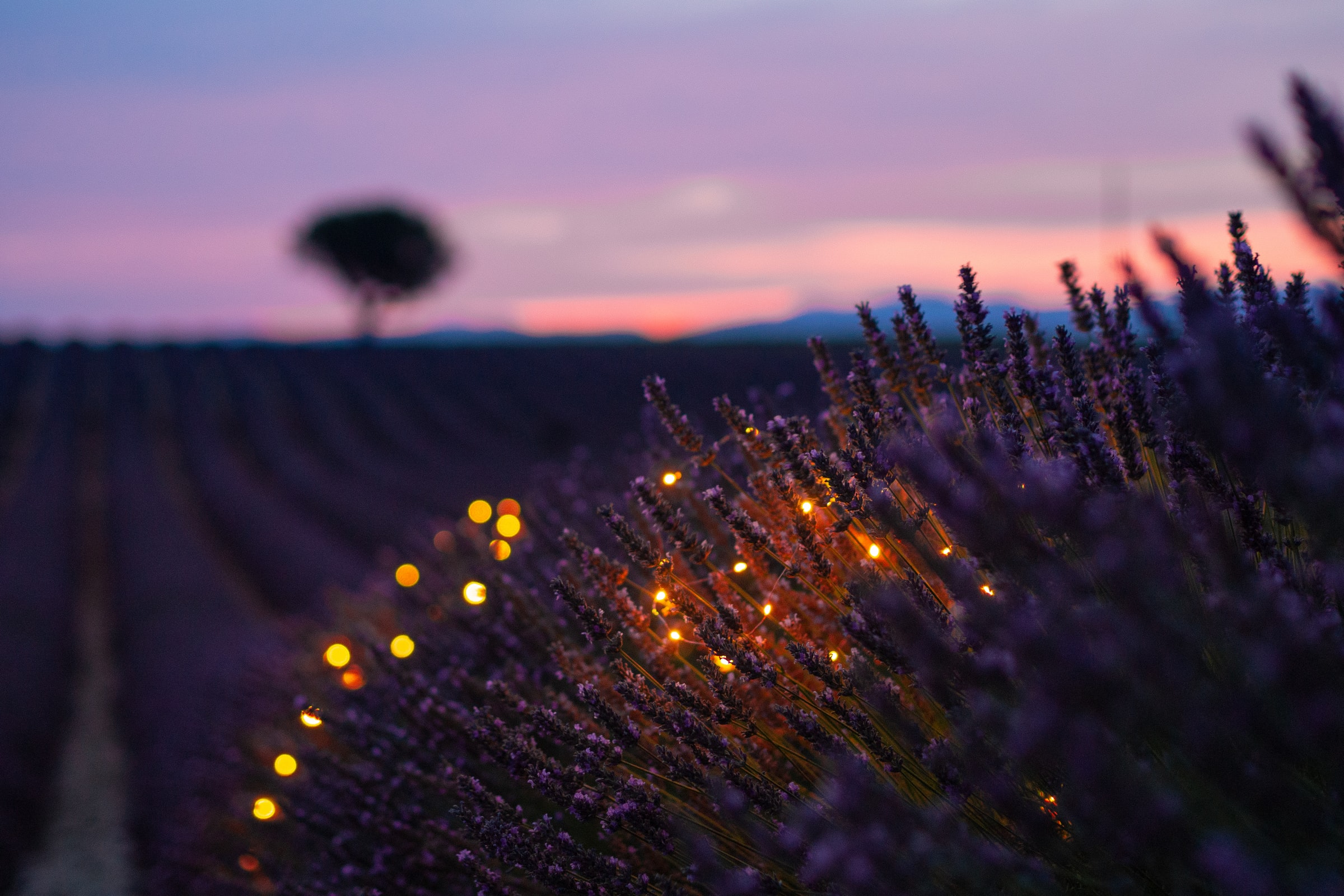
Lavender is an easy-care plant that requires minimal maintenance. It does not like to be mulched, except in very cold climates. Add a 4-inch layer of straw or wood chips on top of lavender plants before the ground freezes in early winter to insulate the roots and prevent them from freezing. Lavender does not need to be fed and only needs a little water during times of drought.
Pruning is all that this perennial plant will need to keep it growing strong and looking good. The fragrant flower spikes will appear in summer and can be harvested to use in floral arrangements, or dried to be used later to flavor food, beverages, or added to health and beauty products.
If you don’t wish to harvest the flowers, prune off faded flower spikes to encourage new plant growth and flower production.
Propagate lavender in the spring by taking a cutting and rooting it. Take a 6-inch long cutting from a healthy branch, remove lower leaves, dip the cut end in rooting hormone, and place it into a small container filled with damp potting soil. Place the container in a shady location and water well until new roots develop.
If you want to develop a field of lavender allow the plants to self-seed by not removing the faded flowers. The fragrance will fill the air during the summer evenings and repel pests and small animals, making this an ideal flower to grow around the perimeter of a vegetable garden or landscape.
If you are not sure if Levander is the right plant for your garden, why don’t you check other purple flowers? You can also read our guide to choosing Purple Flowers: best types of flowering plants with pictures.
What we love from Amazon this week
Buy these wonderful flowers directly from Amazon:


